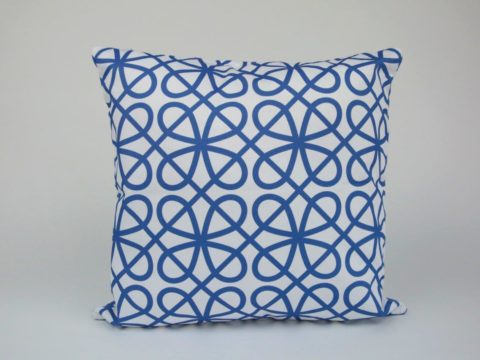James IV: Always on the Move
James IV lived the life of a peripatetic mediaeval monarch. He hardly ever remained in one place for more than a few days, or weeks at most.
There was a pattern to James' year, which reflected the passing of the seasons, the timing of the sessions of Justice in Ayre, the important religious celebrations, and the location of his current mistress. A typical year in James' life would have had an itinerary something like that below which is based on his activities in the year 1505.
The numbers in the brackets show the locations on the maps you can see
here and at the end of this article.
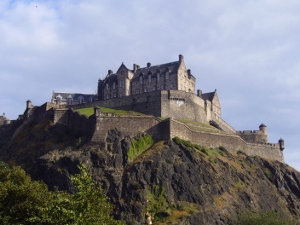
The year opened with the King in Edinburgh Castle (Residences – 2). He made a trip to the Chapel at Restalrig, (Abbeys – 19) where he bought some honey. James left the capital in February, to travel to Stirling Castle (Residences 1), which was the most centrally located of his Palaces, and the probable location of his birth. It is certainly where he spent his youth, prior to defeating his father at the Battle of Sauchieburn (Military – 34).
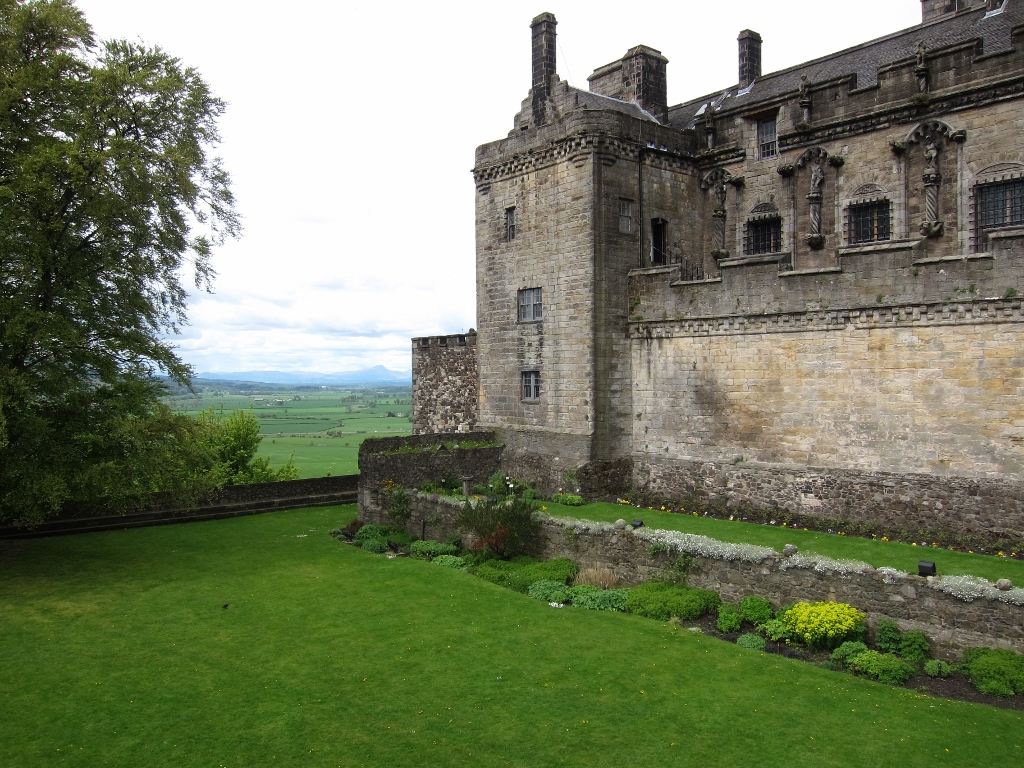
En route to Stirling, he stopped at Linlithgow, (Residences – 3) which he had spent considerable money and effort on renovating, and which was the favourite palace of his wife, Margaret of England.
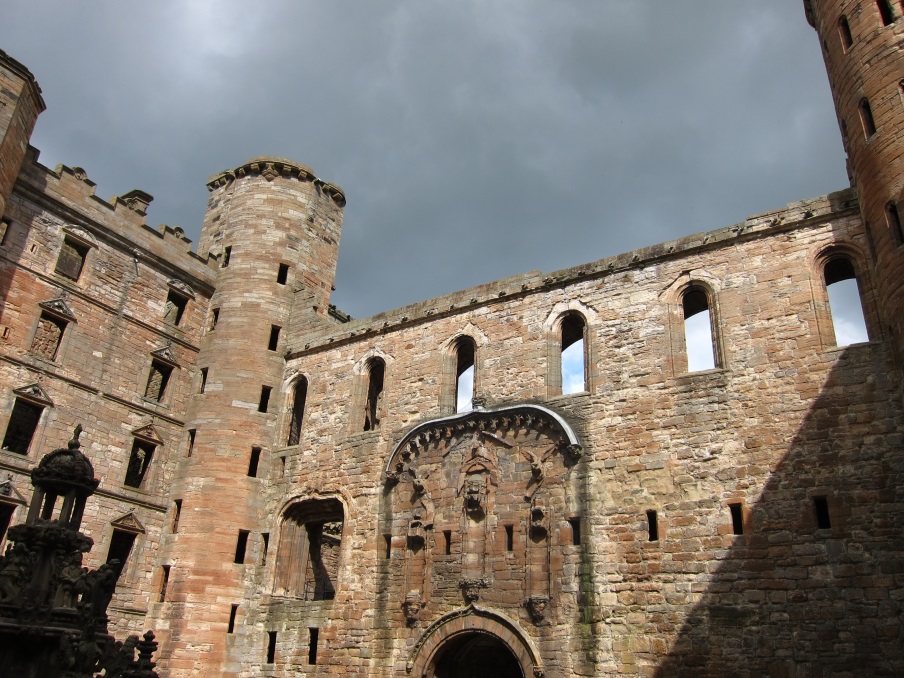
In March James returned to Edinburgh, then left for Lochmaben (Military – 47) to see the building works at his new castle. He travelled on to Dumfries, where he relaxed by listening to a local singer, "the crukit vicar". He then moved on to Peebles, where he must have stayed in a very grand inn as it cost him 42s. Whilst there, he bought a mule – although for what purpose is unrecorded.
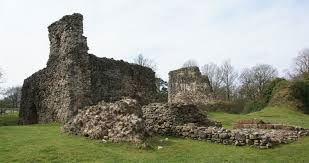
A quick return was made to Edinburgh Castle, followed by visits to various shrines, including Whitekirk (Abbeys – 33), near Dunbar Castle (Residences 5) and the Ladykirk of Steill (Abbeys - 24) which he had founded following his successful Border campaign in 1495.
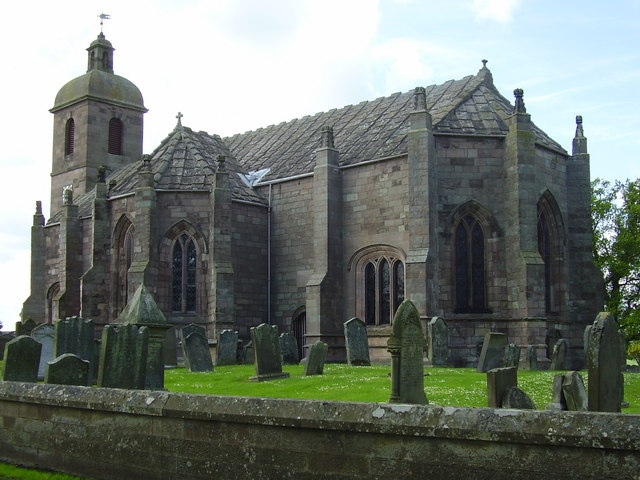
He was back in Edinburgh for Maundy Thursday (or Skyre Thursday as it was known), where he performed the usual charitable activities. He also gave 28s to a poor woman from the north, who was trapped in Edinburgh, pending a decision in a legal case. The law was not much swifter then, than now!
Off he went again, to Stirling, where he paid an extravagant tip for the delivery of butter, and bought some gloves from a "maiden", most likely the daughter of his usual glove-supplier.A flying visit was paid to Falkland Palace (Residences 6) around the 7 th May, but he soon returned to Stirling, having visited the shrine at Tillicoultry (Military – 45). From Stirling he went to Dunblane, and returned to Edinburgh by 23rd May to hear High Mass at Holyrood (Residences – 7) on the feast of Corpus Christi.
James then visited one of his favourite places – the Port of Leith (Military – 35) where he inspected his shipping, dining on board a boat on 27 th May – his silver plate having been sent for him to eat off.
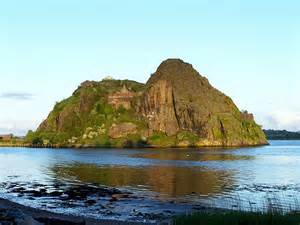
The next location was Dumbarton Castle (Residences – 8), where he was involved in preparations for a siege against a rebellious Walter Stewart, taking refuge in Lord Hamilton's house. Other than a two day trip to Glasgow and Paisley, the court remained at Dumbarton until 15 th June. The return to Stirling was via Ayr, Auchinleck and Craigbernard.
By the end of June, the King was back in Edinburgh, again giving alms to the unfortunate, before returning to Dumbarton by mid-July. He followed this up with a visit to Lord Sempill's new chapel (Residences – 16), where he made a donation of 14s before returning to Ayr and then visiting the Abbey of Crosraguel (Abbeys – 27) and the Abbey of Glenluce (Abbeys – 31). James was interested in gardening and we find him giving 14s to the gardener at Mytoun, home of Sir Alexander MacCulloch.
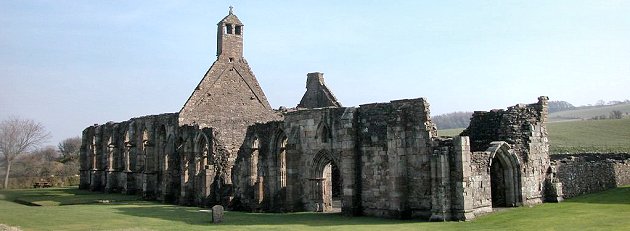
On the last day of July, the King was at the shrine of St Ninian, Whithorn (Abbeys – 22). This shrine was dear to James' heart. When his Queen was very ill, following the birth of their first child, this was the shrine he walked to, barefoot, to pray for her recovery.
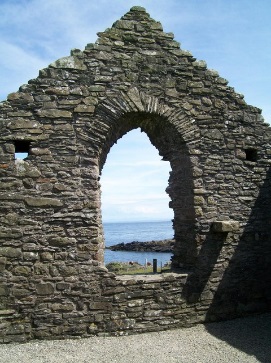
The night of 2 nd August was spent at the monastery of Dundrennan, in return for an offering of 20s. He went on from there to Dumfries and Lochmaben again.
Travelling around the country with the number of attendants usual for a king could create problems, especially if the Court hunted or hawked as they travelled. During this August, compensation had to be paid for damage done to growing corn. Given the difficulty of growing sufficient grain in Scotland, it is unlikely that a cash payment would have cheered the farmer much.
To enhance his hunting pleasure, the King received a present of a couple of dogs: payment had to be made for someone to lead the animals back to Edinburgh. Hunting also required the purchase of copious arrows. An eye-watering gift of £4 was given to Richard Grey, Earl of Kent (Queen Margaret's first cousin, once removed) who gave James a present of bows and arrows.
A late August hunting trip then took place – it was probably men only as the party slept in tents. Food supplies included presents of butter and curds from two country women, pike and eels from the Prior of Inchmaholme and pears from the Laird of Buchanan. James was not a gluttonous man, so simple food would have sufficed him. A quick visit to Dumbarton was squeezed in before returning to Stirling where the Court was entertained by a Spanish riding display.
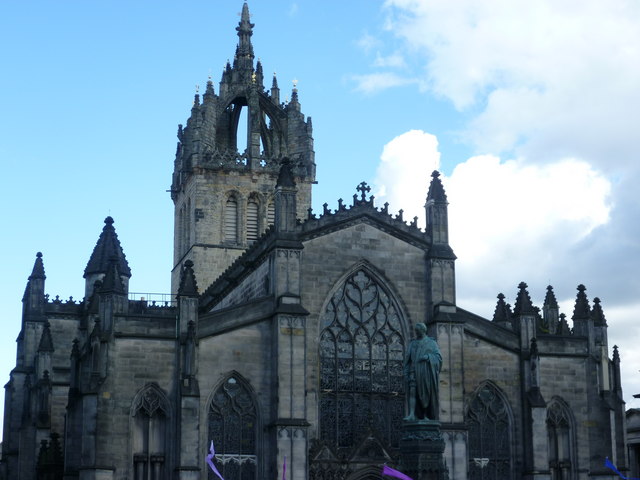
The King returned to Edinburgh where the High Kirk (Abbeys – 20) was celebrating the feast day of its patron, St Giles on 1 st September. He would have attended the High Mass and watched the celebratory procession through the streets, the effigy of the saint being carried high on men's shoulders.
Hunting again occupied his time from 3 – 5 th of the month.
Later in September, James was travelling in the south east, visiting the border town of Ayton, where the Truce of Ayton had been signed in 1497, and inspecting the works at Ladykirk again, giving "drinksilver" to the various workmen. He also found time to visit Whitekirk (Abbeys – 33), where he played cards.
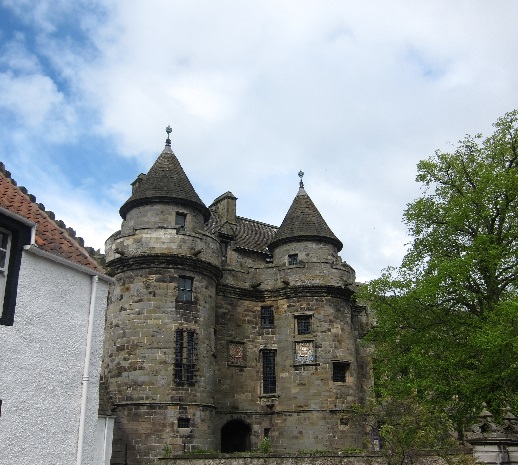
The final weeks of September were divided between Edinburgh and Stirling, before James travelled to the great Abbey and Palace at Dunfermline (Residences – 12), followed by Falkland, Perth (Residences 14), Methven (Residences – 9) and Dundee. Whilst he rested at Dundee for a day or so, his hawks and dogs continued north, to meet him at Arbroath before moving on to Montrose and Brechin. He continued north to Strathbogie and then went for a day or so to Darnaway Castle (Residences -10), which he had given to his mistress, Lady Janet Kennedy.
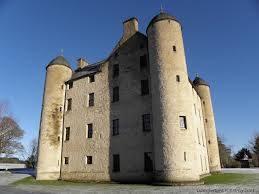
James moved on to Inverness, before crossing into the Highlands to visit the shrine of St Duthus at Tain. His journey south included another brief stop at Darnaway, before a visit to Aberdeen. Progress had slowed somewhat, and the dogs and hawks were again sent on ahead.
James was back in Stirling on 31 st October, before travelling to Edinburgh where almost all of November was passed, perhaps in contemplation of the wolf that had been sent to the King as a gift!
Christmas was passed at Holyrood, before the whole cycle began again.
The maps below show the location of the places associated with James IV discussed in this article.
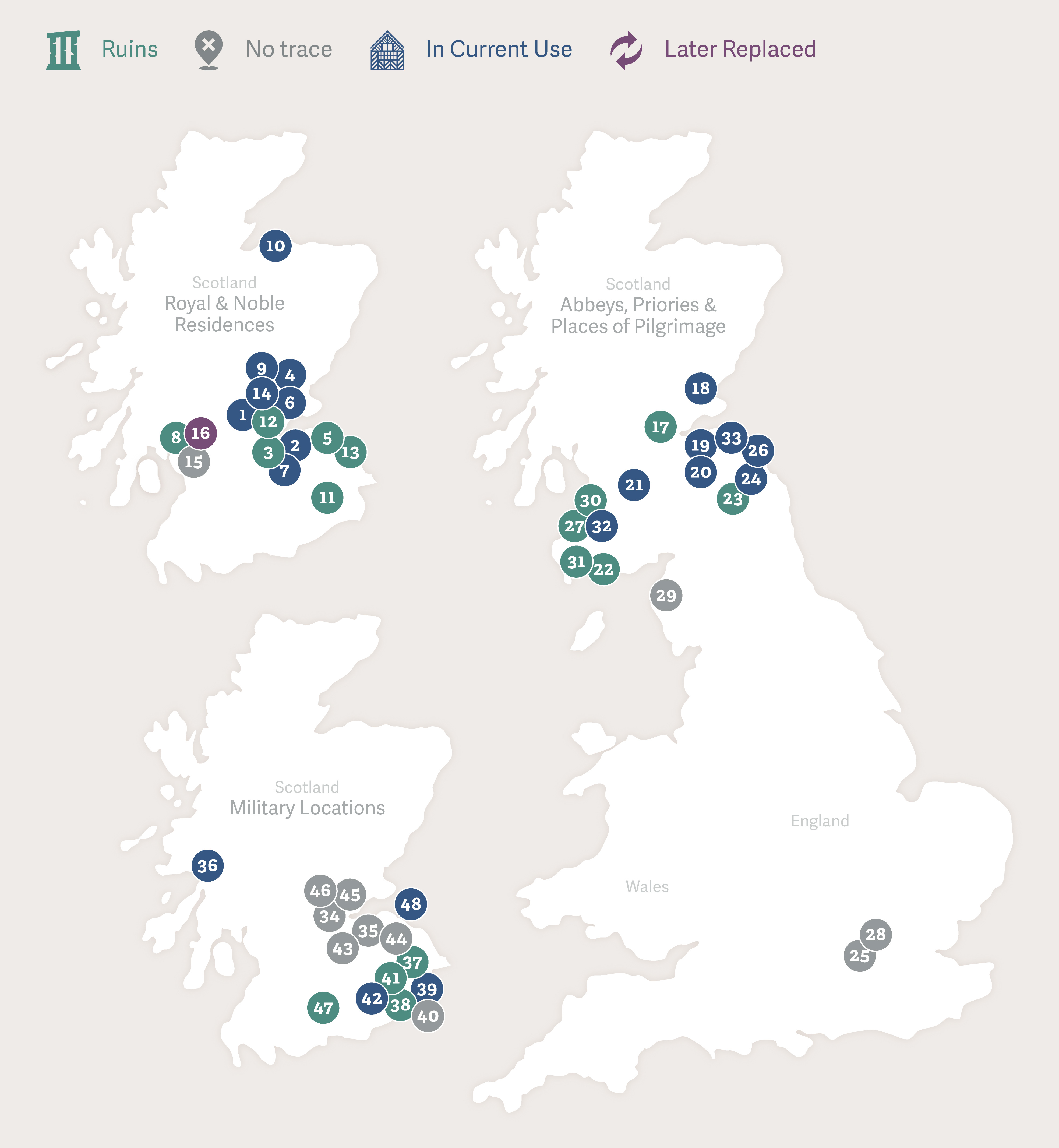
This article is part of a Profile on James IV available for Kindle, for purchase from Amazon US and Amazon UK.
